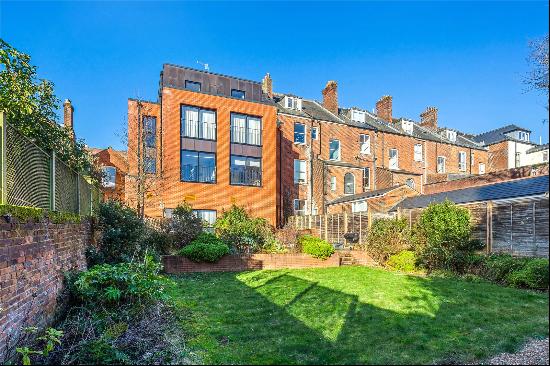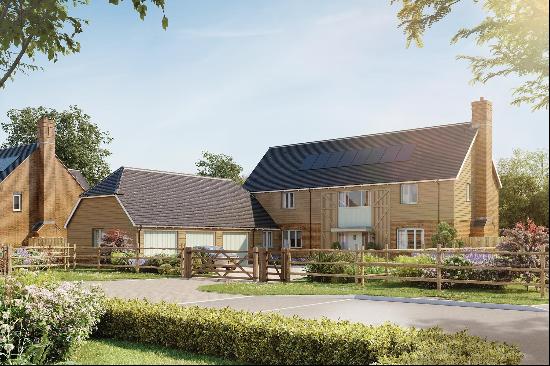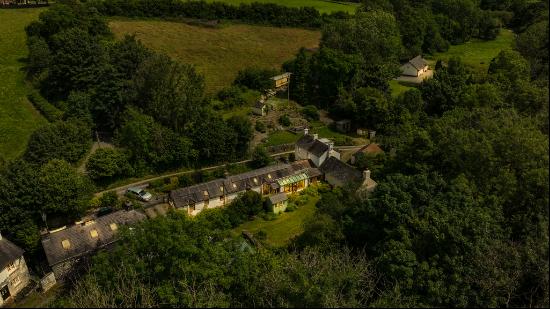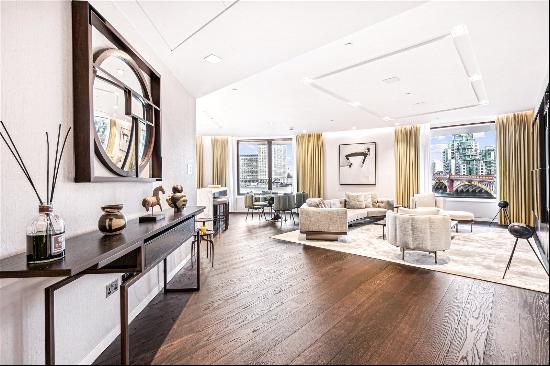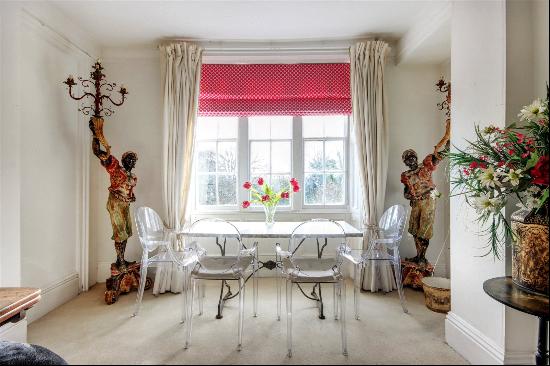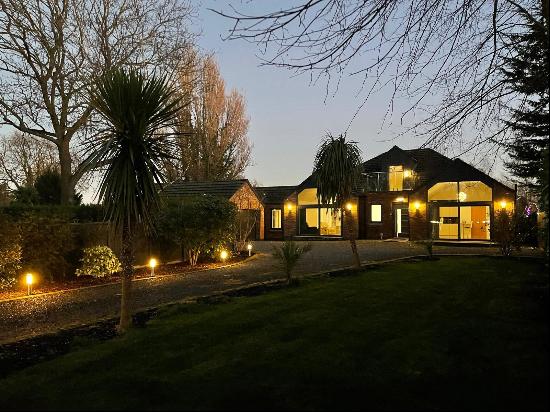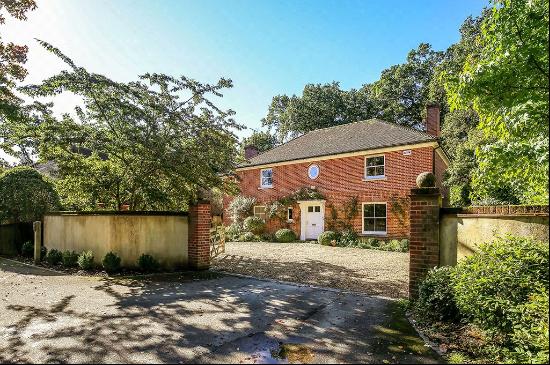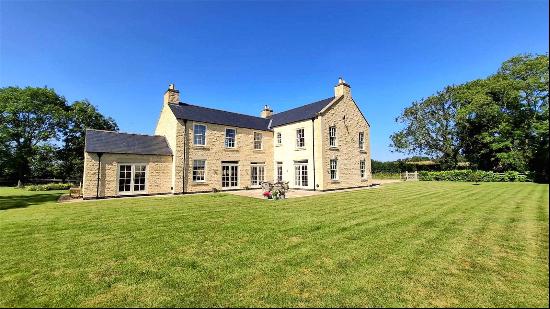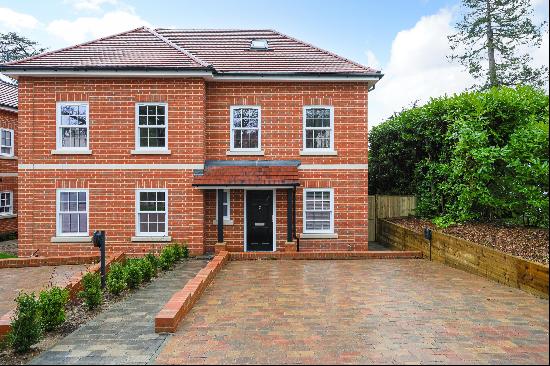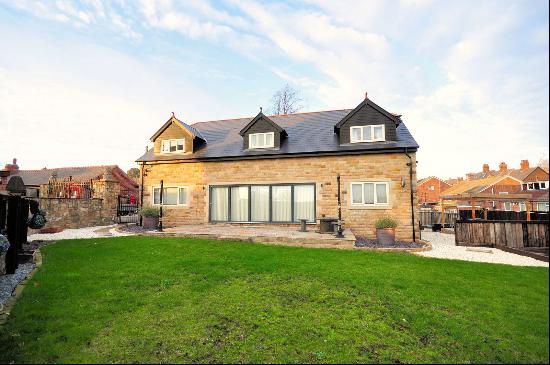
By Tom Howells
These days River Cottage may be shorthand for middlebrow pastoral fluff, but when the TV programme first aired in 1999 it felt quietly groundbreaking. The first three series — Escape to River Cottage, Return to River Cottage and River Cottage Forever — saw tousled rat-race-refusenik turned aspiring smallholder Hugh Fearnley-Whittingstall decamp from London to a 17th-century cottage in west Dorset. In doing so, he helped to usher in a way of interacting with food that emphasised provenance and sustainability, as well as espousing the kind of nose-to-tail eating synonymous with Fergus Henderson’s then-nascent restaurant St John.
In the first series, inspired by John Seymour’s 1961 book, The Fat of the Land, Fearnley-Whittingstall seeks self-sufficiency — he begins growing vegetables, rearing pigs for slaughter and learning esoteric rural skills from a host of countryside gurus, whom he repays by cooking lunch. In each episode, Fearnley-Whittingstall tramps off to meet various eccentric local impresarios (eel-trap weavers, competition jam-makers, scallop divers, two generations of pig trainers, chicken auction enthusiasts, et al) before returning to the cottage with their imparted wisdom.
By the end of River Cottage Forever, the transition from jaded townie to Arcadian expert was complete. Fearnley-Whittingstall might have been an upper-class urban émigré, but it felt truly sincere, his relationships with the locals genuinely heartfelt and sympathetic. Agrarian class tourism River Cottage was not.

The cottage itself — a former keeper’s lodge on the grounds of Slape Manor, near Beaminster — was catalyst and conduit for Fearnley-Whittingstall’s quest. Nestled in a sylvan dell, its weathered-brick exterior is often seen from a worm’s-eye view, with the camera planted in Hugh’s fecund veg terraces. Inside, static shots of the kitchen are composed like Dutch still life paintings, lit in moody chiaroscuro. With its farmhouse ephemera — racks of demijohns; rustic crockery; eel traps; split-cane rods; butter-keepers; a large, taxidermied owl — it exemplifies an aesthetic that, while sweetly anachronistic in the mid noughties, has now become an aspirational marker of taste. It’s also why I, a late-millennial city dweller in thrall to this unobtainable rural fantasy, remain entranced by the cottage’s decor, elements of which I’ve applied to my own south-east London flat — ersatz Bernard Leach crockery, stubby beeswax candles and dried flowers.
A clear idea of the house’s layout is never afforded; nor is any sense of mundane domesticity. Instead, each room functions only to add a kind of antic value to Fearnley-Whittingstall’s journey. In the bathroom, for example, he has a “eureka!” moment about how to bait cuttlefish, while the shed and porch are repurposed as sausage-ageing hubs. And in the kitchen, when not devising products to hawk at Bridport farmer’s market, the chef is filling pig stomachs with foaming blood to make morcilla. In every room there is a lesson — and never a moment of respite.

Therein lies the crux of my fascination with the home. River Cottage was as much an idea as a place: a canvas on which to paint the tumbledown dream of spiritual rebirth. It’s a place on to which we can still project our own rustic dreams, the vagaries of the set-up making the green-fingered shift more plausible.
I tried to visit River Cottage on a cycle trip in the late noughties, a decade after seeing it on TV for the first time. The pilgrimage ended in failure when a friend flew, teeth-first, off his bike on a steep incline next to the Cerne Abbas Giant. In truth, I’m glad the mystique remains. Invariably, the real place couldn’t possibly have lived up to the confected, halcyon idyll of its TV proxy. What do they say? Never meet your heroes. Or rather, never snoop around their gardens.
Photography: Christopher Jones/Shutterstock; Jim Wileman/Alamy Stock Photo; Dave Penman/Shutterstock






